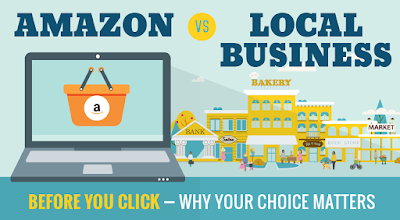These bad habits & traits will stop you from reaching your financial goals

Written by Marguerita Cheng Article from CNBC While people start out with good intentions and set their sights on meeting various financial goals, many never achieve them and instead fail miserably. Here are nine bad habits that will hinder investors from reaching their financial success. Everyone wants to be successful, but only a few are ready to take meaningful action. These habits will help you discover what has been preventing you from achieving your financial goals. Identify your limitations and formulate strategies to address them and it will be easier to establish a plan, practice self-discipline, make sound decisions, have security and maintain assertiveness.

















